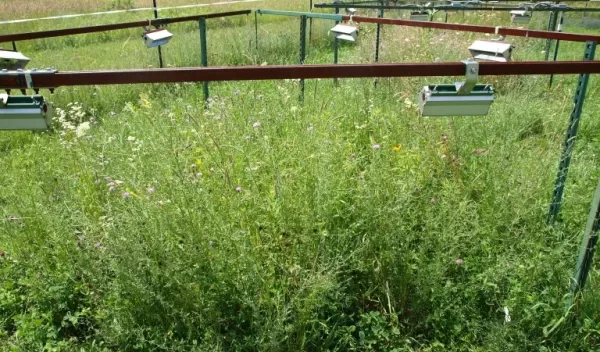
Native plant species may be at greater risk from climate change than non-natives
As spring advances across the Midwest, a new study looking at blooming flowers suggests that climate change may cause non-native plants to outlast native plants.
The study, led by scientists at Indiana University and Michigan State University, reveals that, because warming temperatures affect native and non-native flowering plants differently, the look of landscapes could change over time.
The study was published in the journal Ecology Letters.
The researchers' findings suggest that non-native plant species may be better at shifting their flowering times compared to native plant species. The differences are thought to influence a species' success now and in future warmer environments.
"The timing of a plant's life cycle is crucial for species survival," says study co-author Jen Lau of Indiana University. "When a plant flowers determines whether it will be pollinated by bees or other insects, and how much time it will have to produce seeds. Our data make me concerned that we will have a very weedy world in our future."
The research was conducted at the NSF Kellogg Biological Station Long-Term Ecological Research (LTER) site, which studies the ecology of field crop ecosystems as part of a network of NSF LTER sites.
"In this study, native plants were unresponsive to climate warming, whereas non-native species shifted their flowering earlier," says Colette St. Mary, an NSF LTER program director. "Non-natives may gain an advantage as climate change proceeds."


